Ushanka – Story of the most famous Russian cap
For a foreigner, shapka-ushanka has long become a symbol of a “typical Russian”, and for Russians themselves it is one of the most common winter caps. Having come to us from ages, this cap is still very popular among young people due to its looks and how good it protects from severe frosts. However, as it happened with vodka, ushanka is not an invention of the Russians and has come a long way before acquiring today’s status. Want to know more? Then keep on reading…
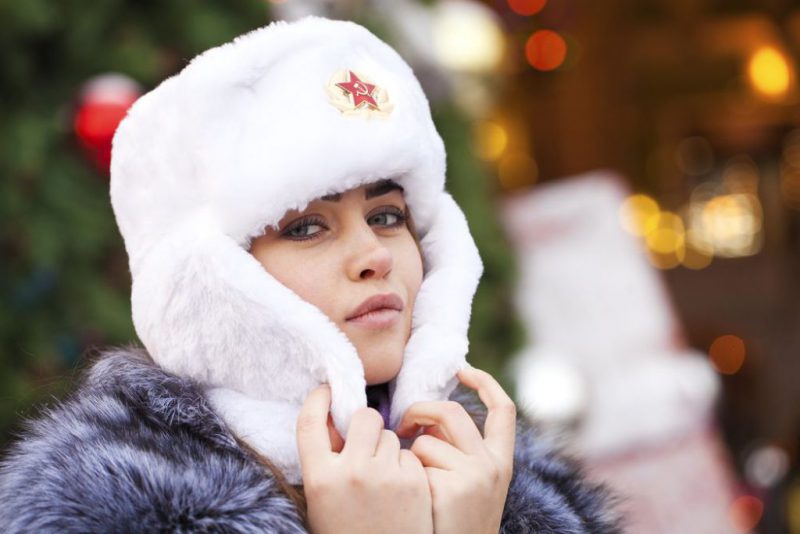
History of ushanka
First, let’s have a quick look at the etymology. The word “ushanka” comes from the Russian word “уши” (ushi) which means “ears”. Shapka means “cap”. Thus, “shapka-ushanka” literally means “a cap with ears”.
Ushanka takes its origins from the Mongol cap malakhai which is a cone-shaped cap made of sheepskin. Such a cap was indispensable in winter: its wide lapels protected the faces and cheeks of the warriors of the Tatar-Mongol horde from wind and blizzard.
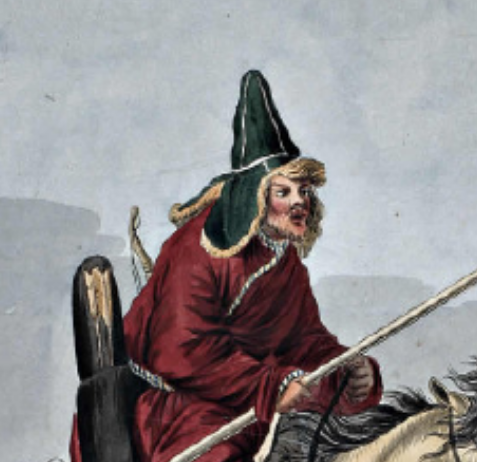
Some time later, warriors started cutting the malakhai lapels vertically on the sides, so the resulting “ears” could be tied at the back of the head of the rider when the weather was warm. This version became the progenitor of the Russian ushanka.
According to the ancient Slavic tradition, men and married women were supposed to wear a cap outside the house. It was a very important tradition: leaving your head uncovered was considered shameful. The three-flapped fur cap became especially popular among men in the Middle Ages Russia.
By the way, in the 16th–17th centuries, fur caps resembling the ushanka were worn in Eastern and Northern Europe as well, but they did not gain as much popularity there.
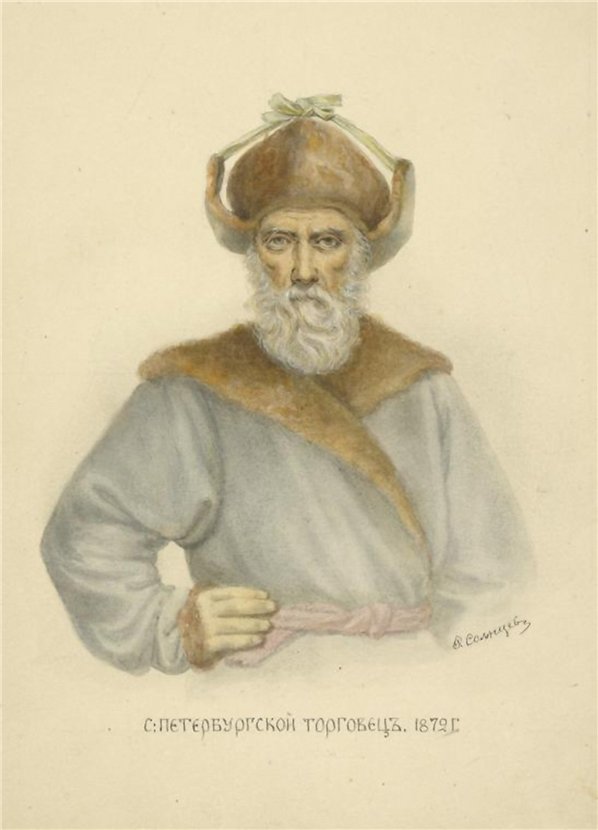
Ethnographers also talk about the latest version of the ushanka predecessor – a round malakhai cap with ear flaps worn in the Chernigov province at the end of the 19th century. This was almost an exact copy of the modern shapka-ushanka.
The rebirth of ushanka happened after the revolution (1918-1919) in the ranks of the White Army led by the admiral and leader of the White Movement Alexander Vasilievich Kolchak. Back then, ushanka was called “kolchakovka”, however it was not made of fur but sewn exclusively from cloth, and it also had a visor lined with cloth. Kolchakovka was believed to be a lightweight copy of the cap of Fridtjof Nansen, the Norwegian traveler and famous explorer of the Arctic.
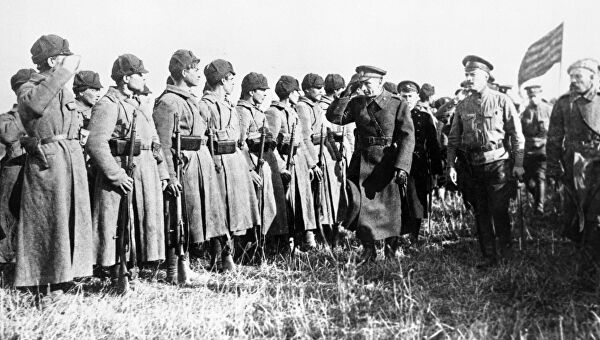
In 1934, the ushanka became a part of the uniform of the Navy of the Red Army and took on the form known by everyone today. It was still made of black cloth, but in 1939, the cloth was replaced by leather. The ushankas of the highest and senior command staff were made of black lamb fur, and caps of medium command staff and conscripts were made of black sheep fur.
Since 1940, the ushanka became the winter headdress of the army and police in Russia. It was was made of light color sheepskin, although the fleece with ear flaps remained black.

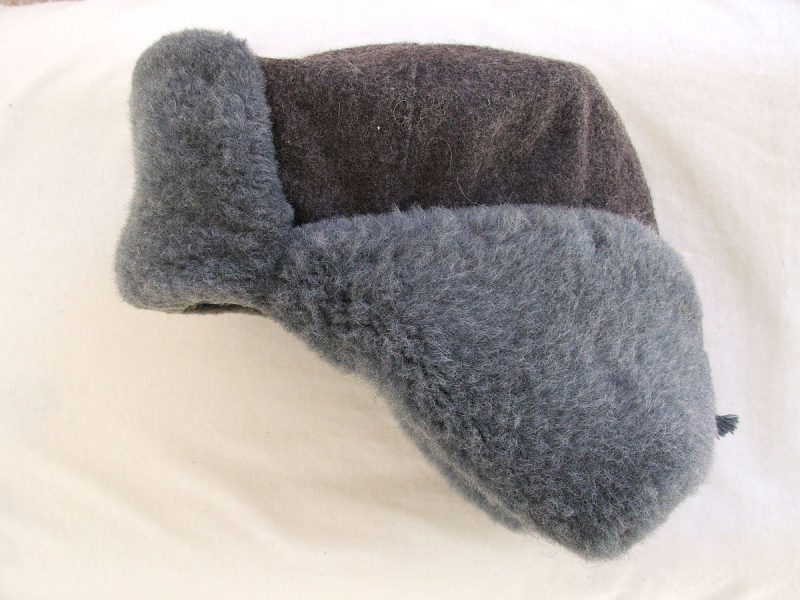
In times of stagnation (1964–1985) and perestroika (1986—1991), ushanka became a hot commodity among illegal profiteer (fartsovshchiks). Foreign tourists of that time were happily buying ushankas or exchanging things they had for them.
Today, ushanka is a fashion accessory that can be worn with its ear flaps tied to the back of the head or to the chin, or left untied and bouncing when walking. Today, the range of ushankas is not limited only to the fur classics: you can also find knitted ushankas and ushankas made of sheared fur (faux or natural).
Interesting facts about shapka-ushanka
The word “shapka” came to the Russian language from the French “chapeau” through German or Polish. Later, the French made reverse borrowing and started using the word “chapka” referring, however, only to a fur cap with ear flaps of the Russian type.
In the 60-70s of the last century, members of the Politburo (the executive committee for the communist party) wore the same fawn caps, muskrat and seal fur caps later appeared. Leonid Brezhnev introduced a fashion for mink caps with ear flaps which became an attribute of wealth during the period of deep stagnation.
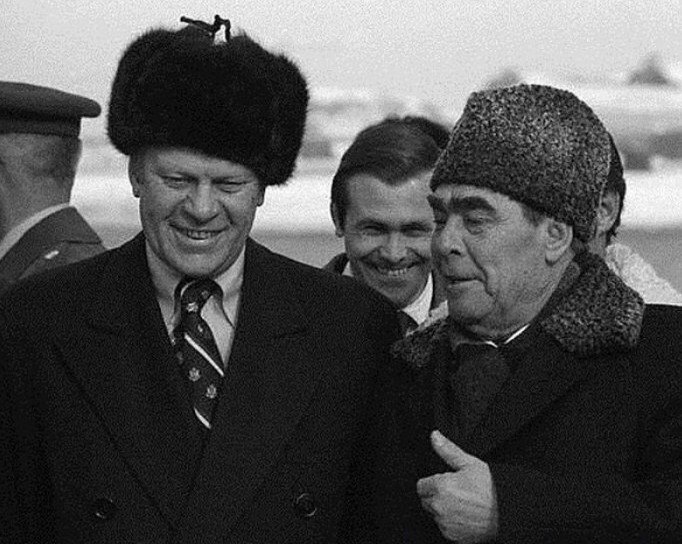
In the 90s, mink ushanka was a luxury and prestige item, it were cherished and left in the refrigerator for the night so that the fur would not deteriorate. When removed from the head, the cap was shaken carefully to remove any snow or droplets of water from it.
After Roman Abramovich acquired Chelsea, the ushanka became a key element in the uniform of its fans. Thus, they expressed their appreciation to the strange Russian, who invested a lot of money in a football club.
Today, huge articles in fashion magazines are dedicated to ushankas explaining how to choose them, how to wear them, and what to wear them with. Unlike old times when ushankas were worn mostly by men, ushanka today is an indispensable element of women’s wardrobe. Each season brings some changes in appearance, but the essence remains the same.





